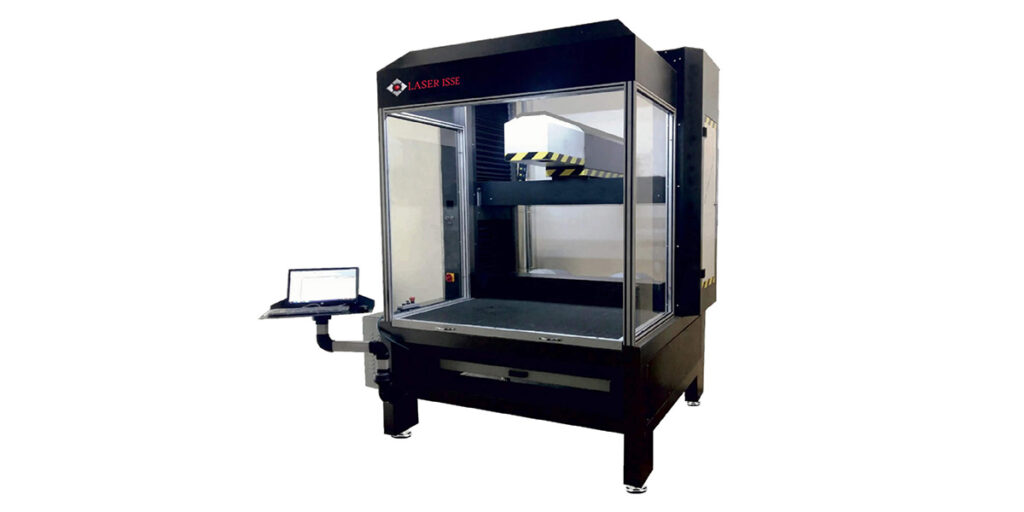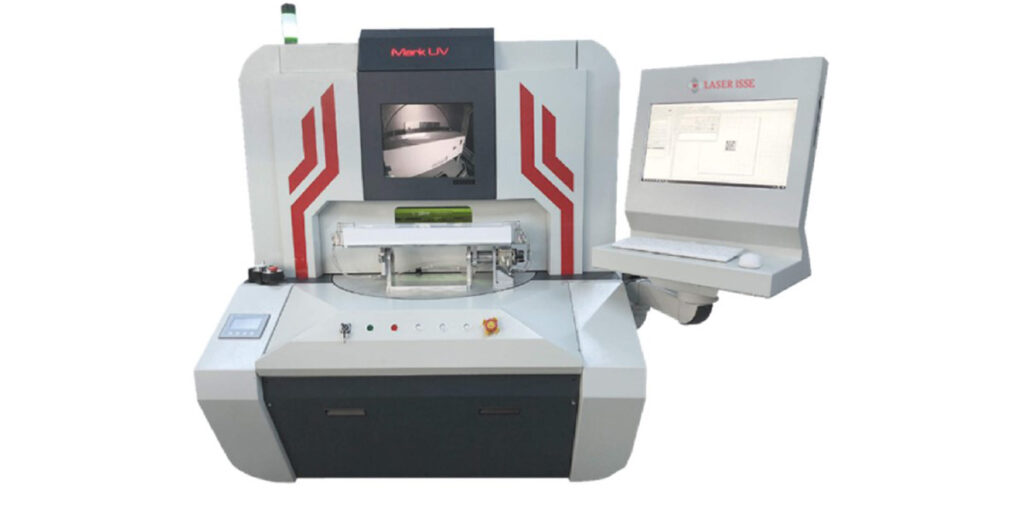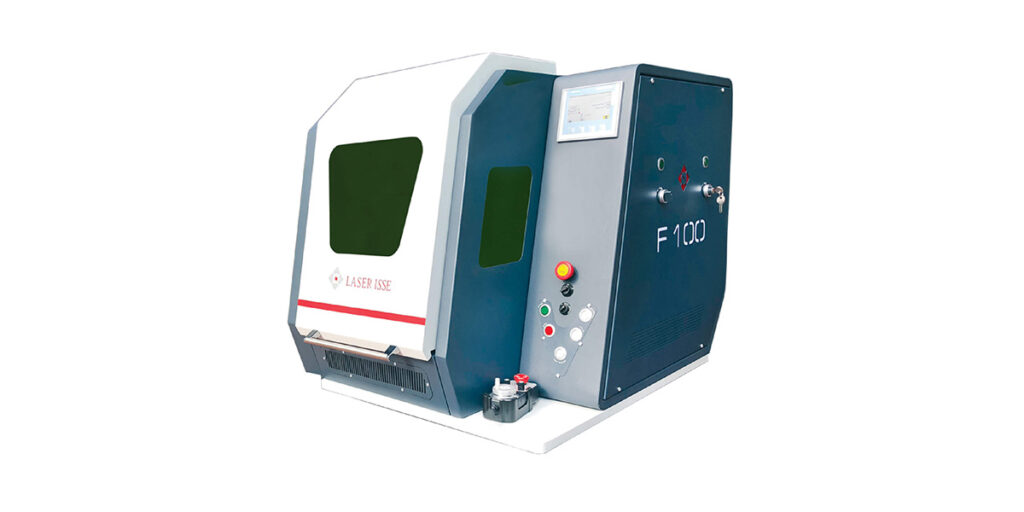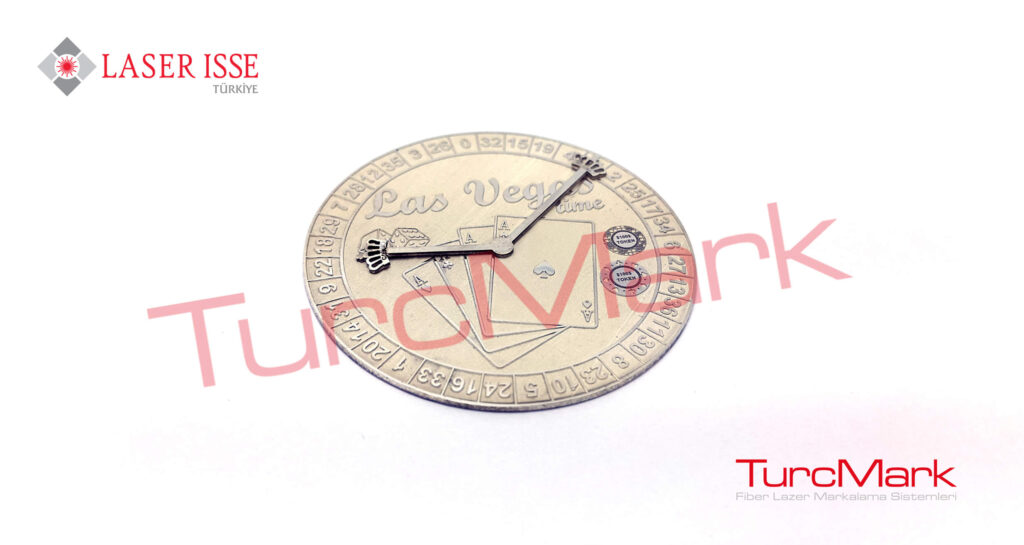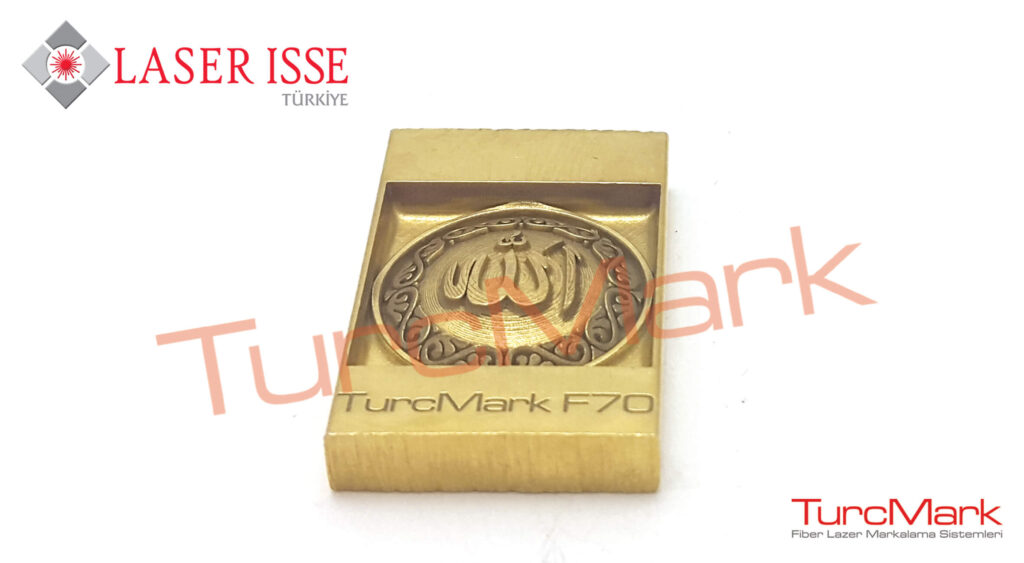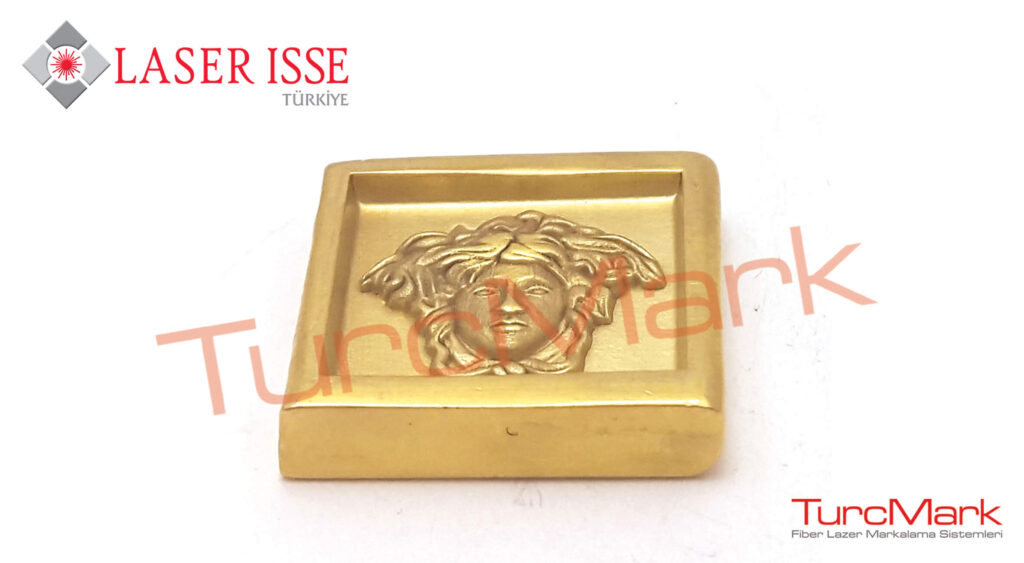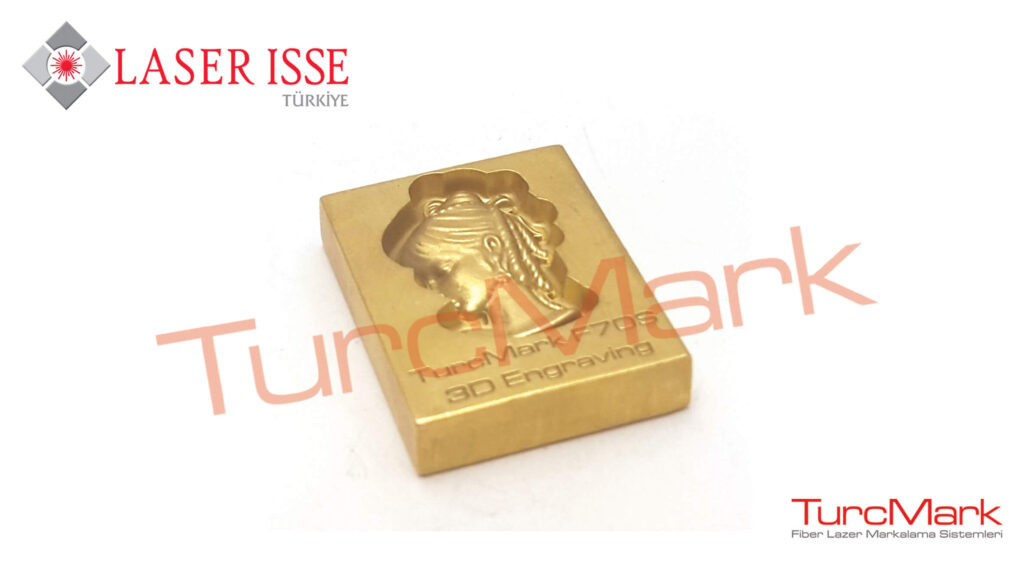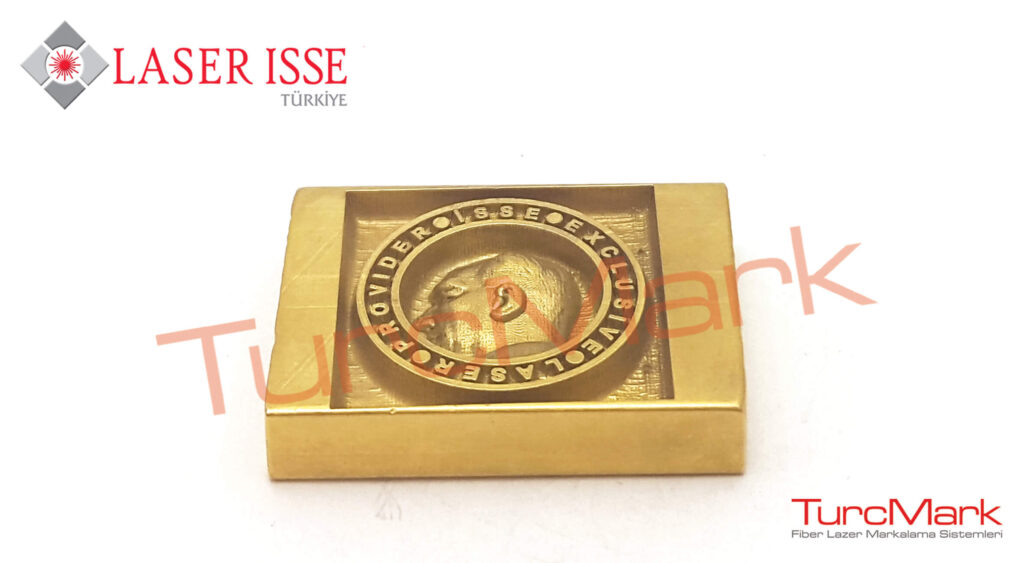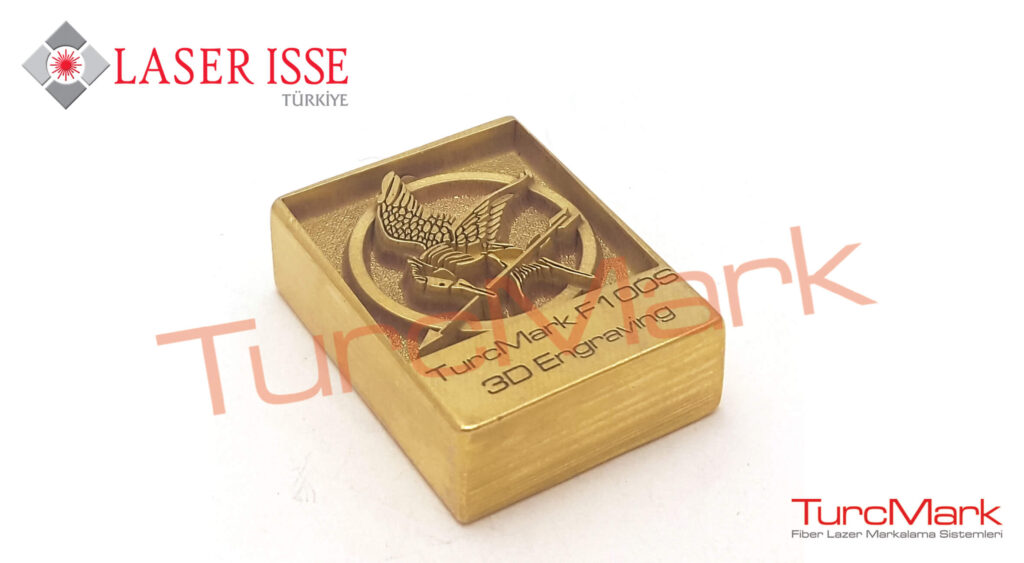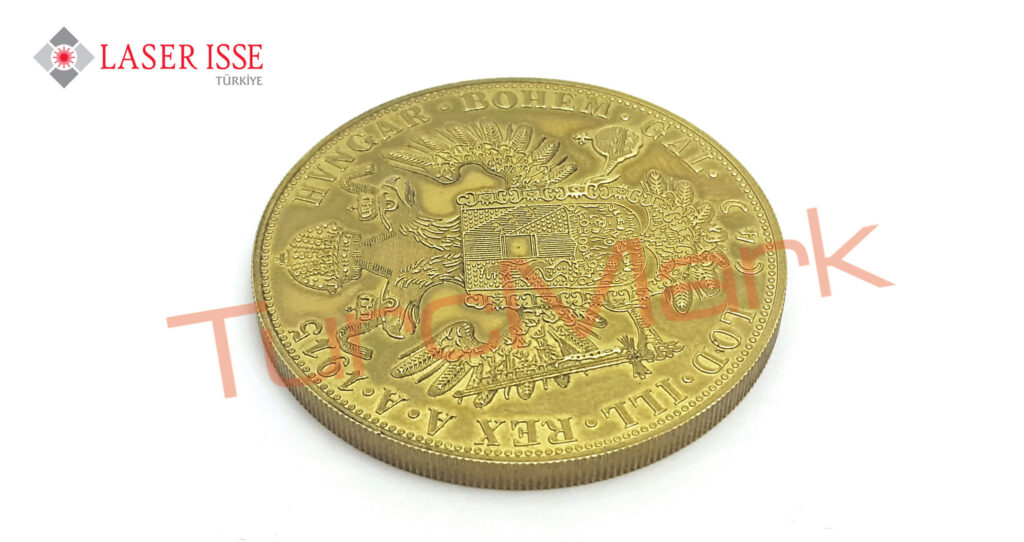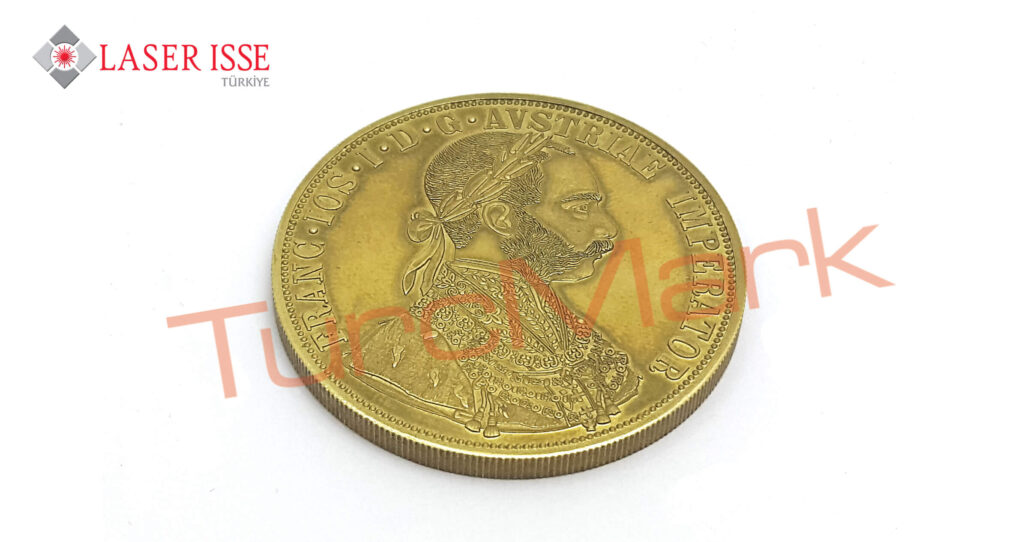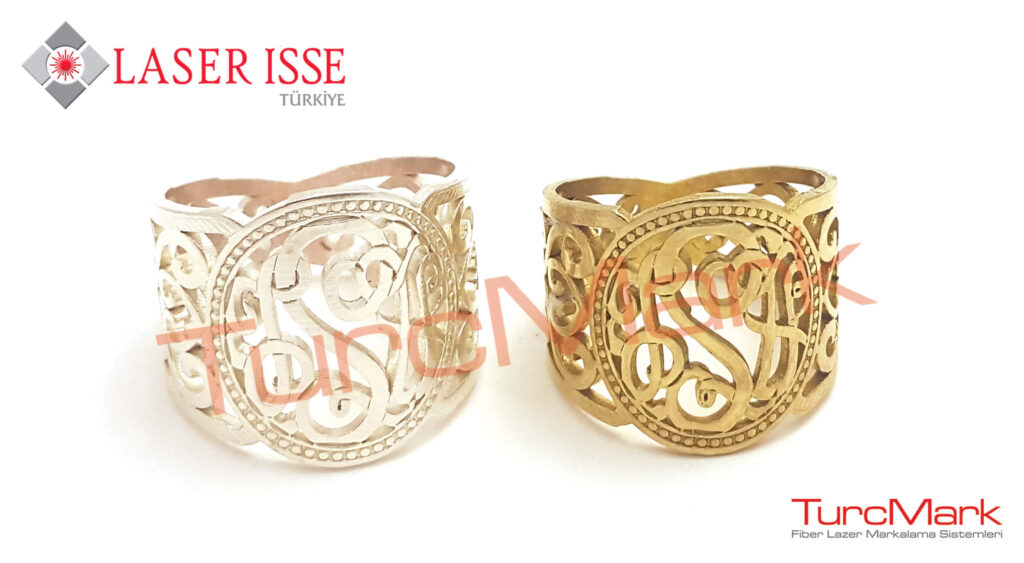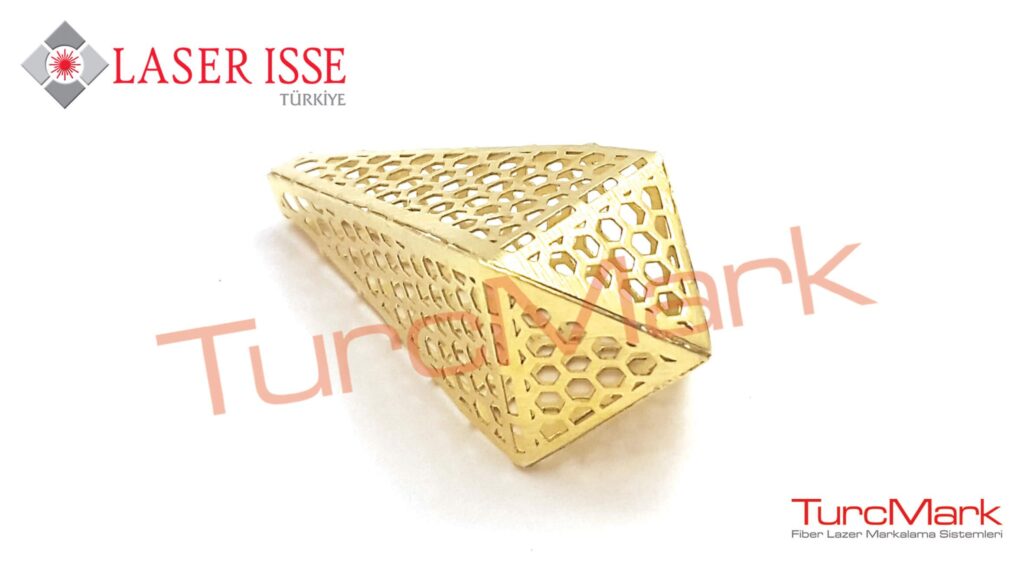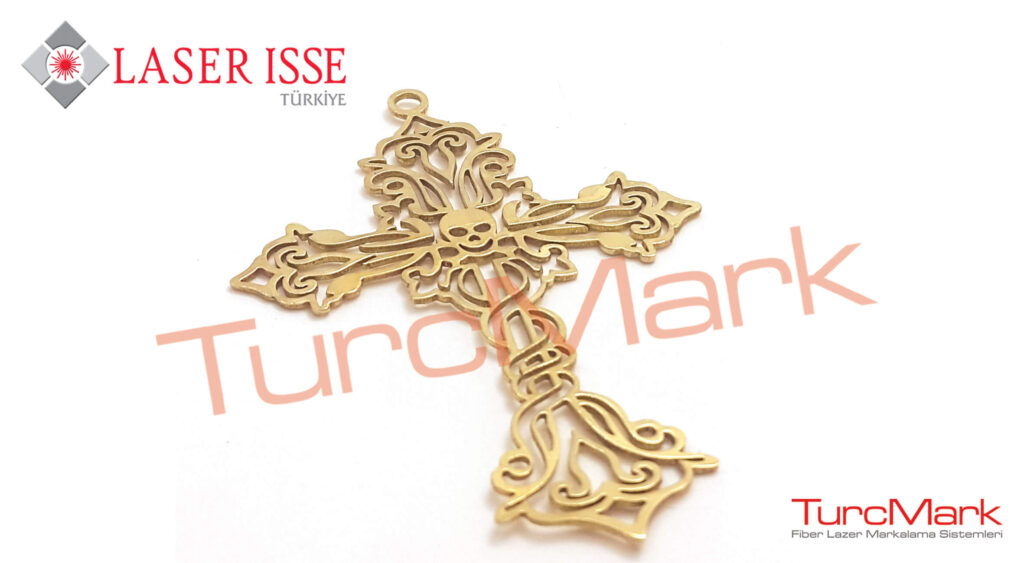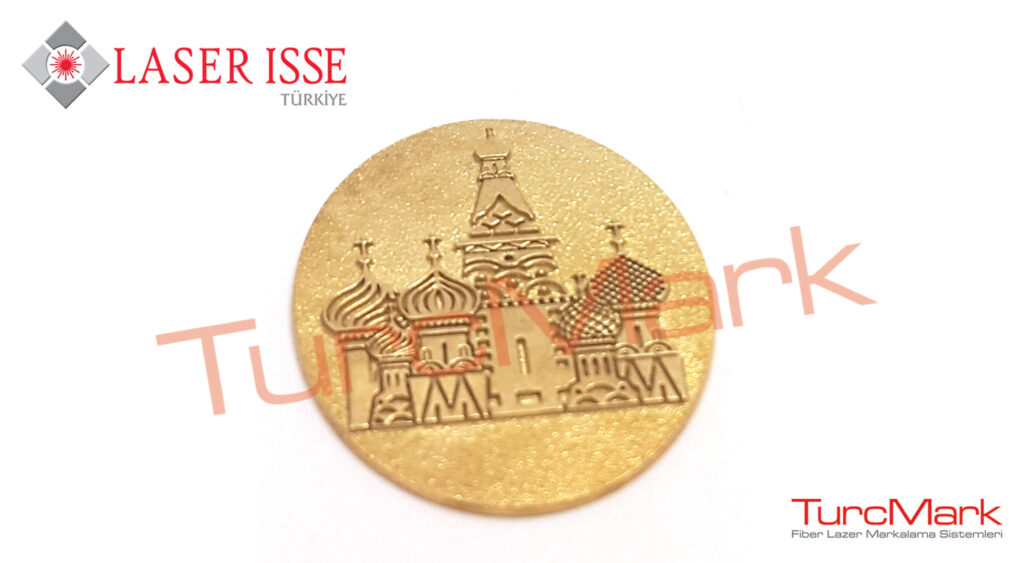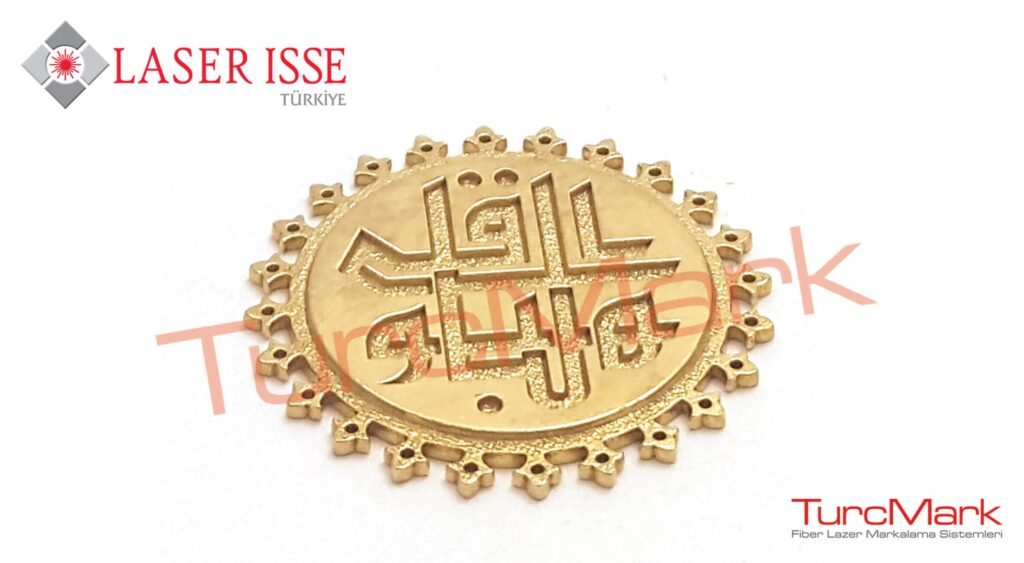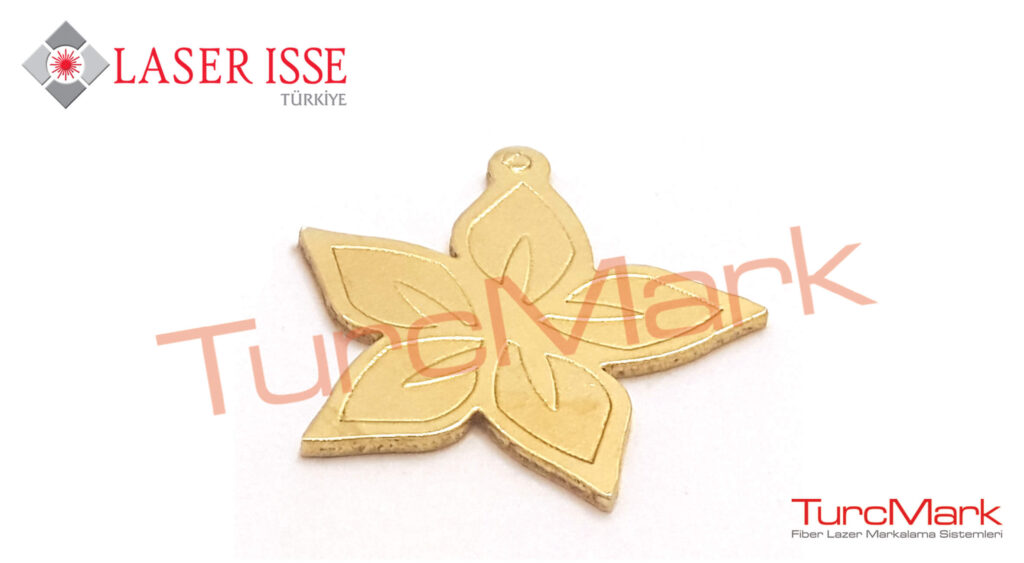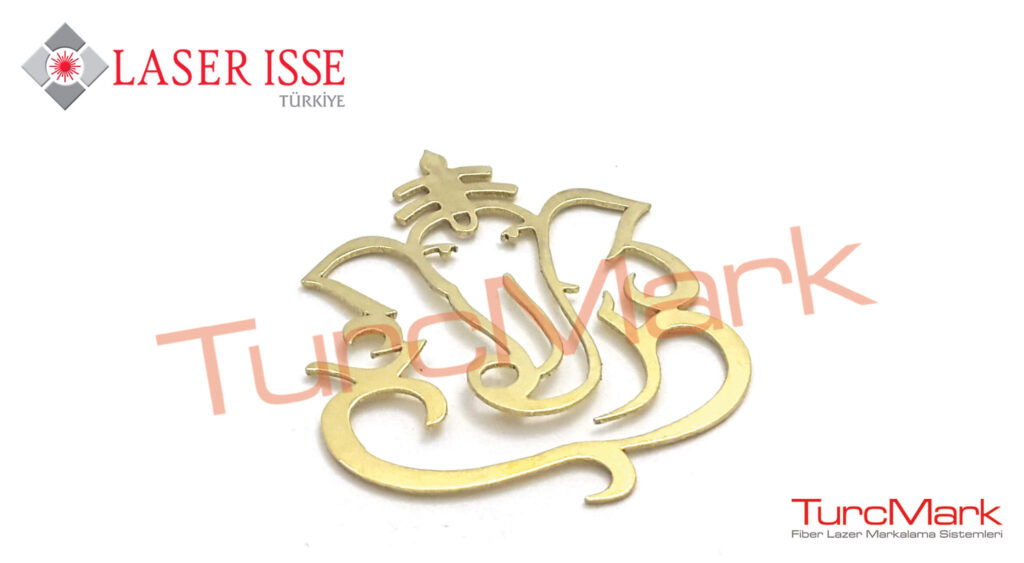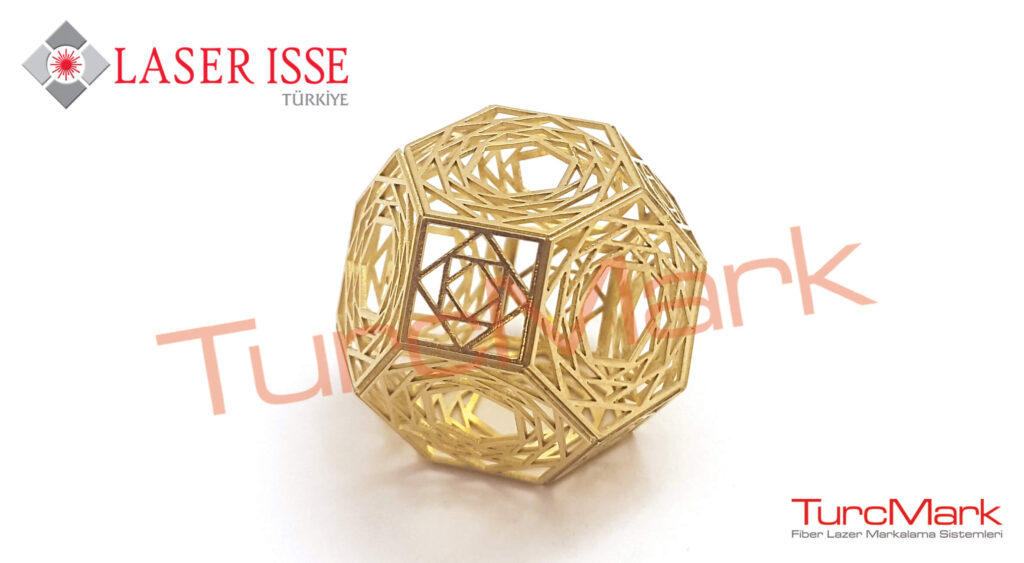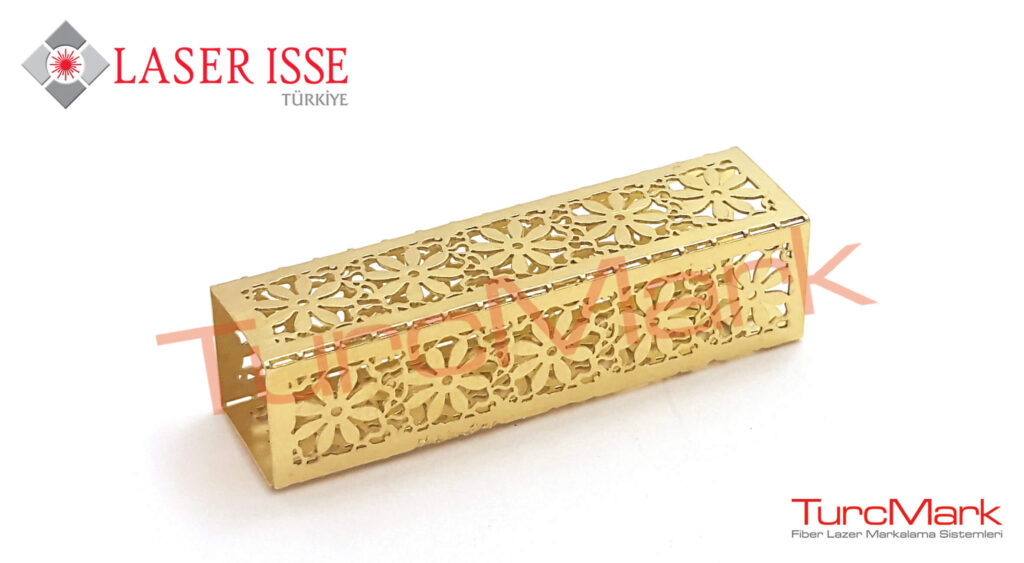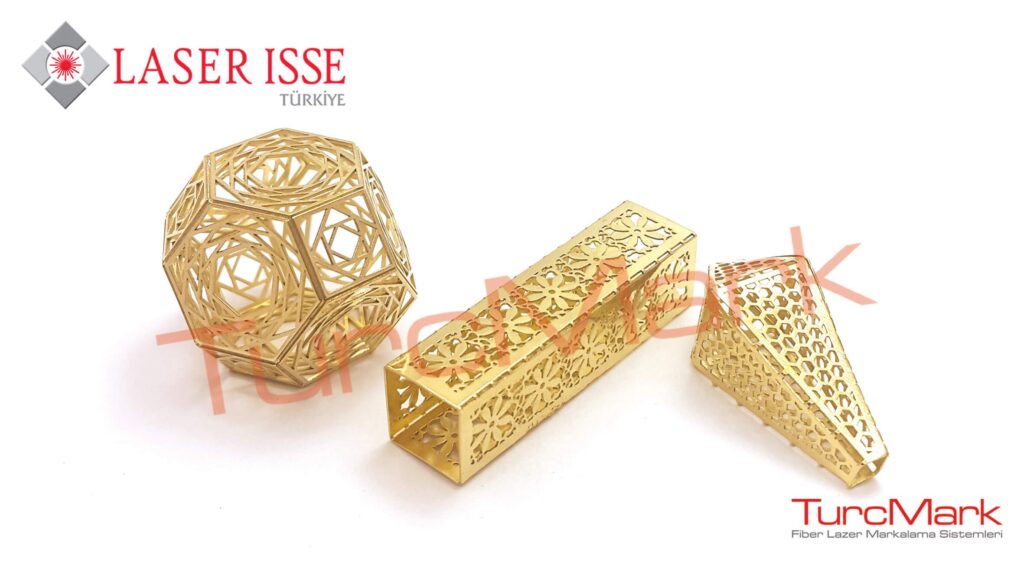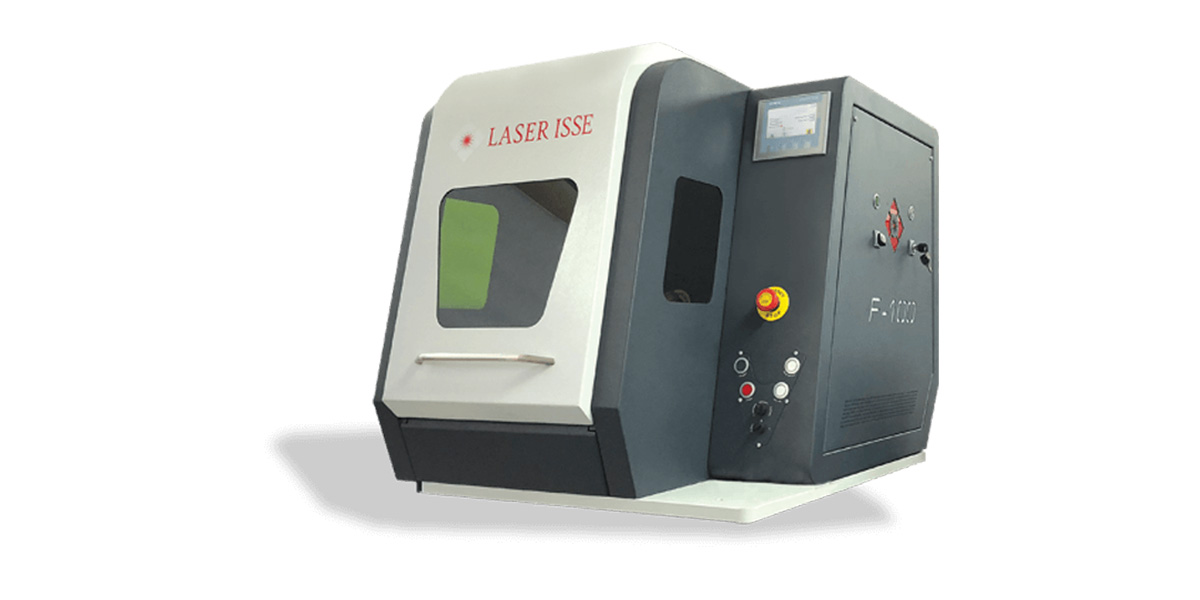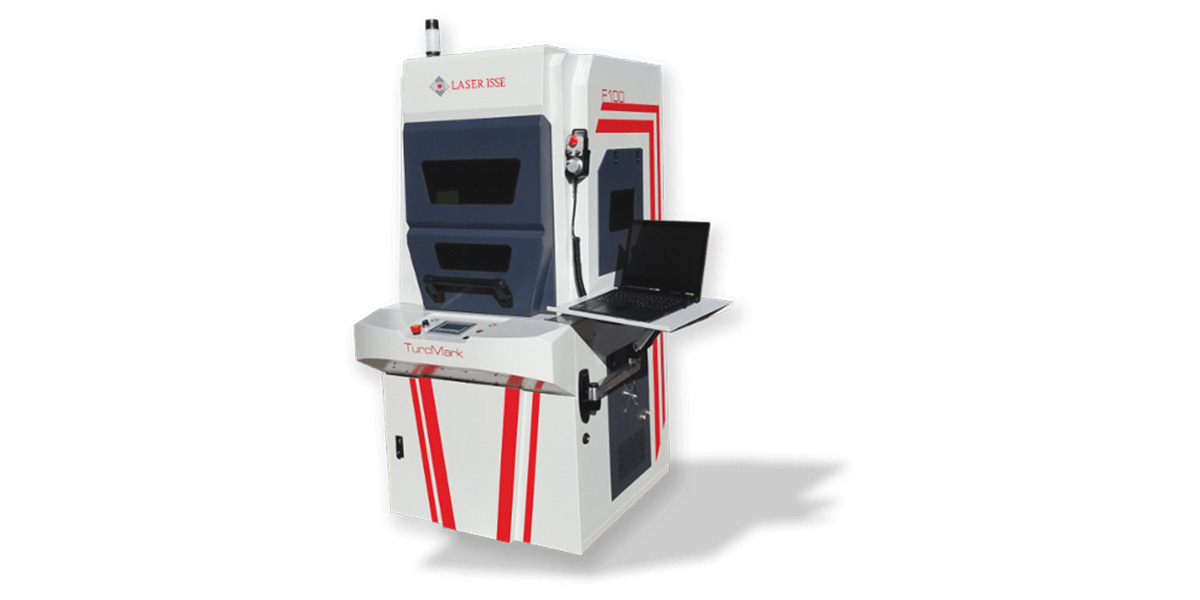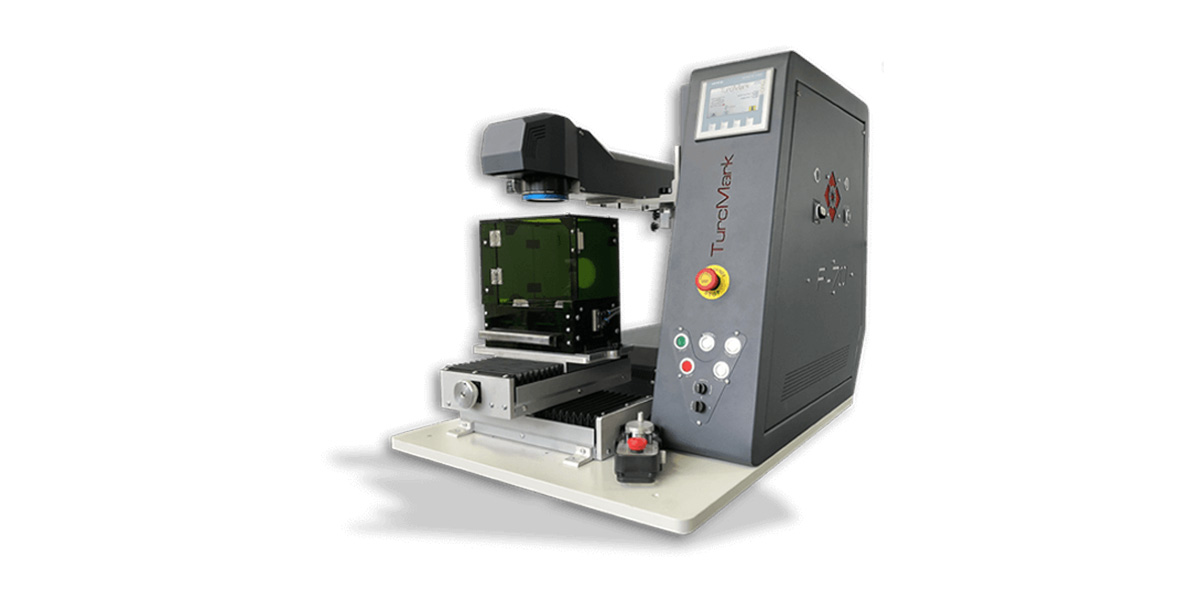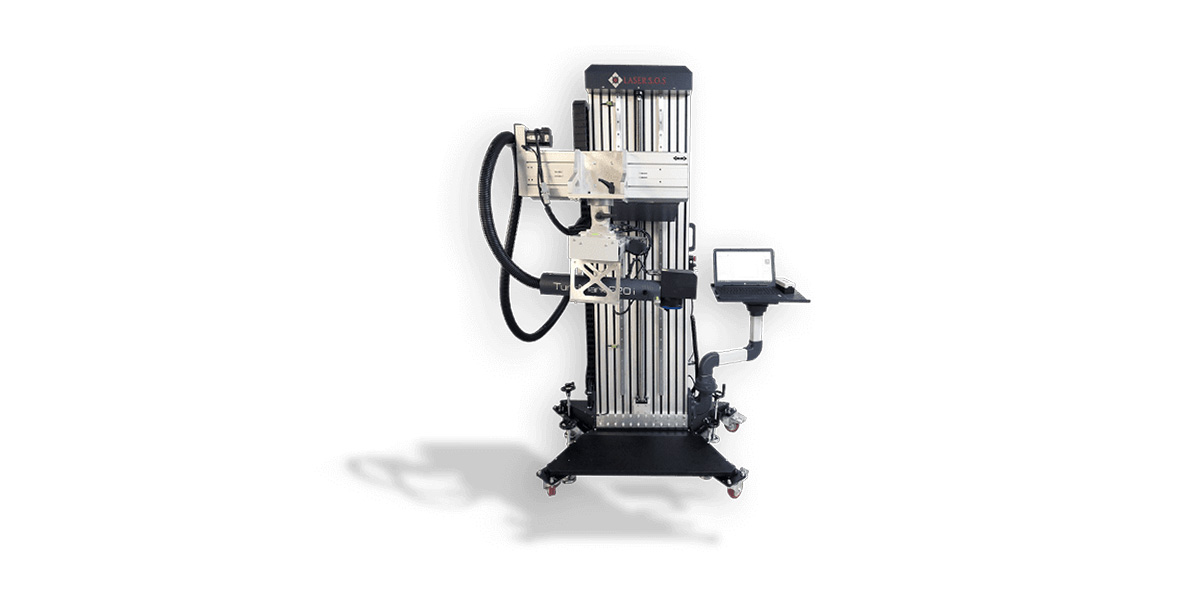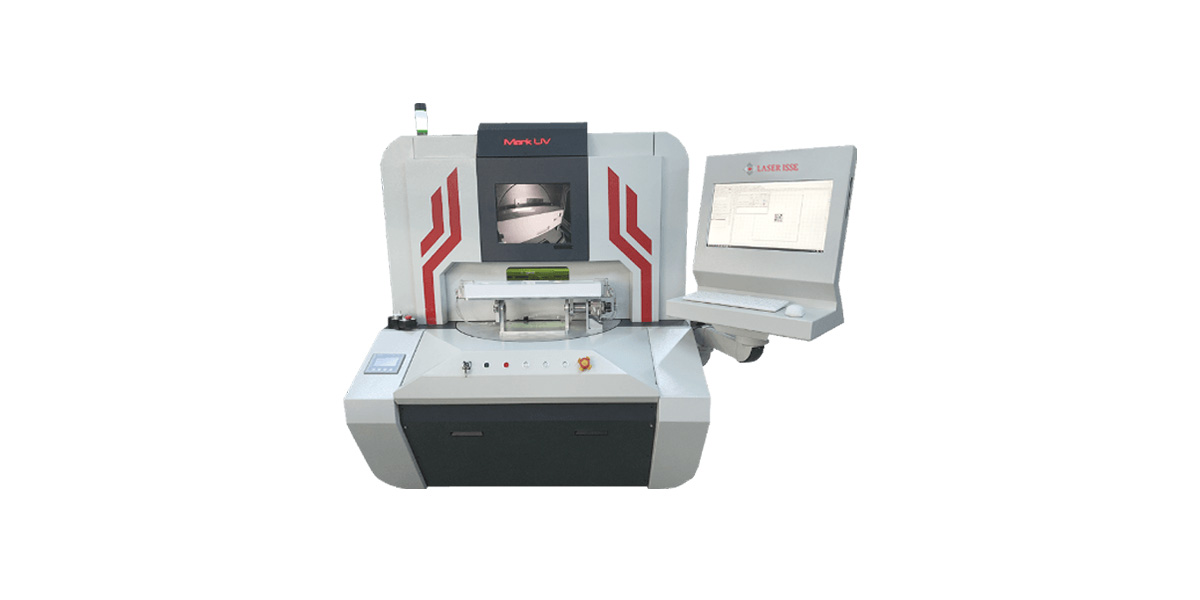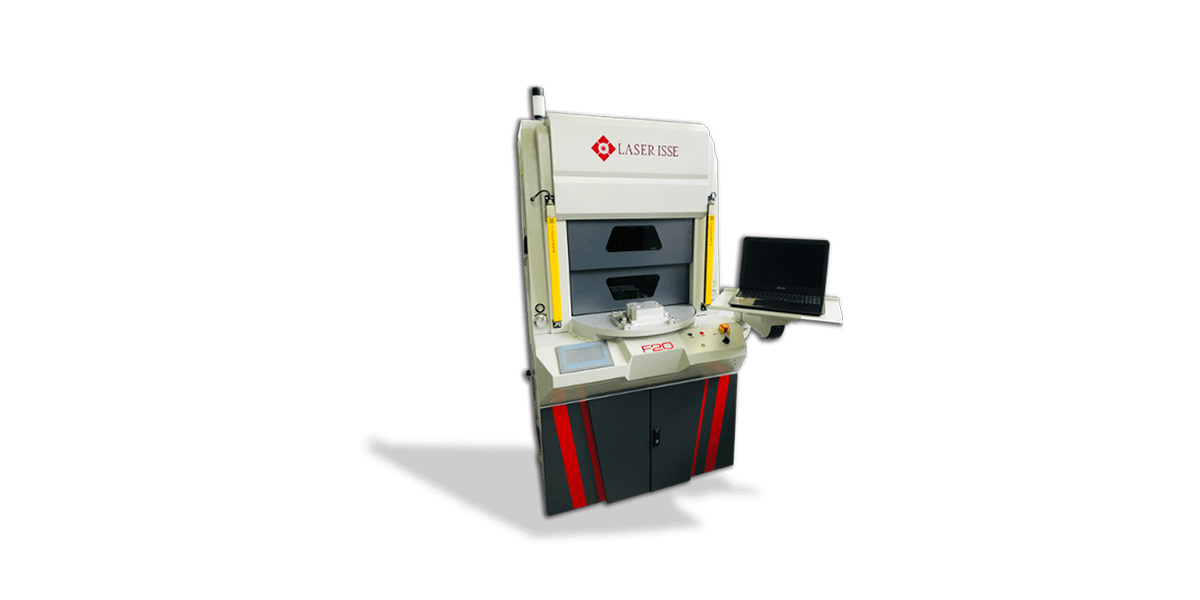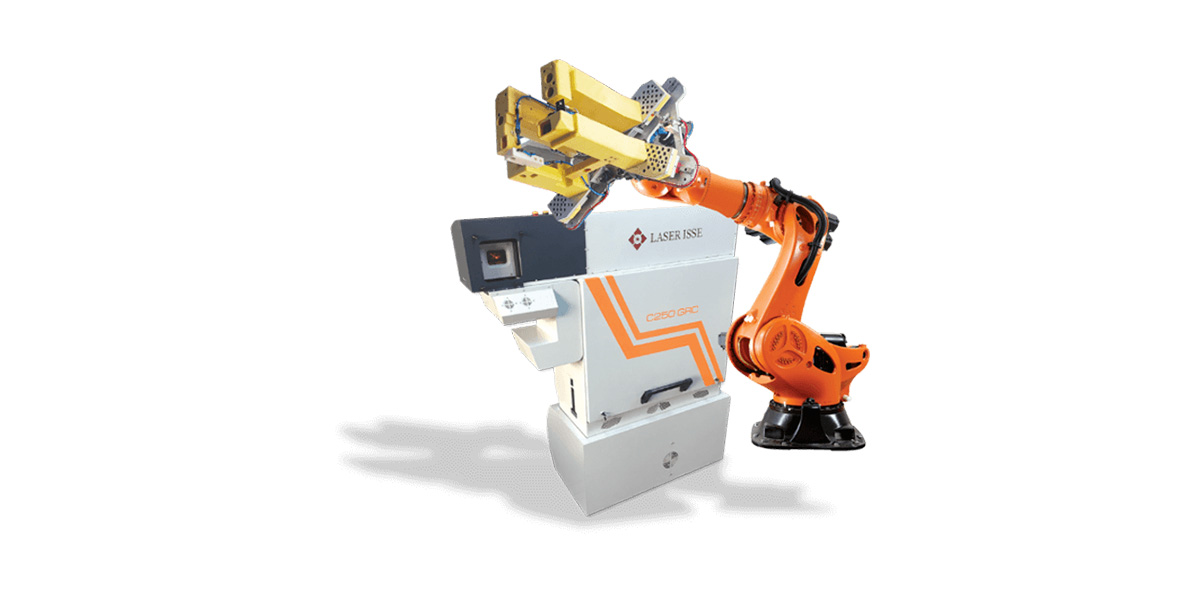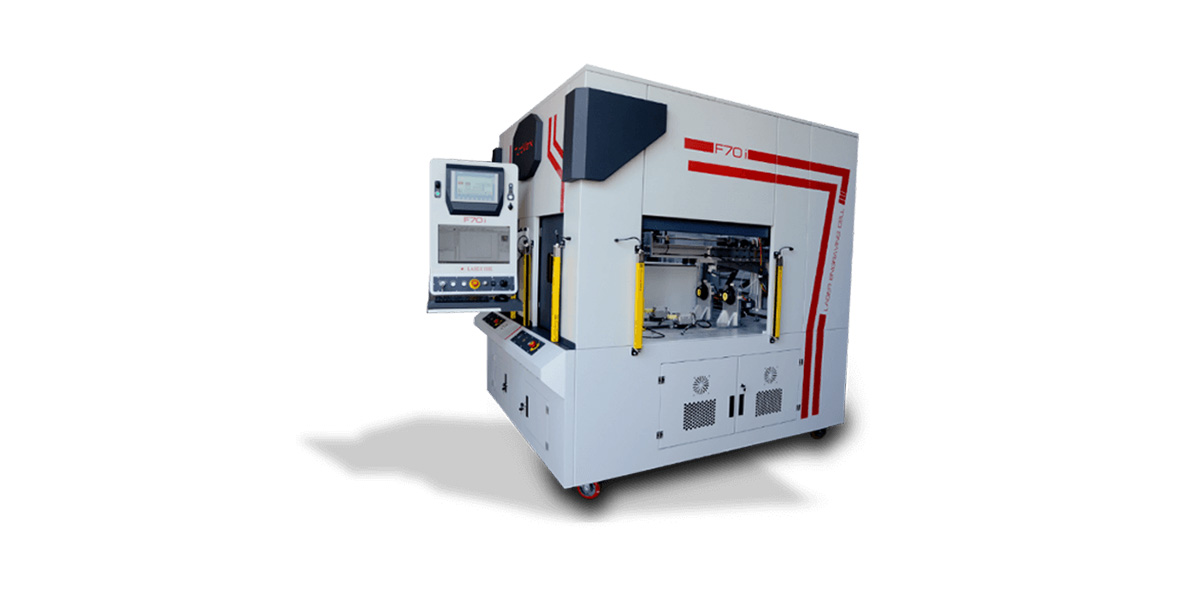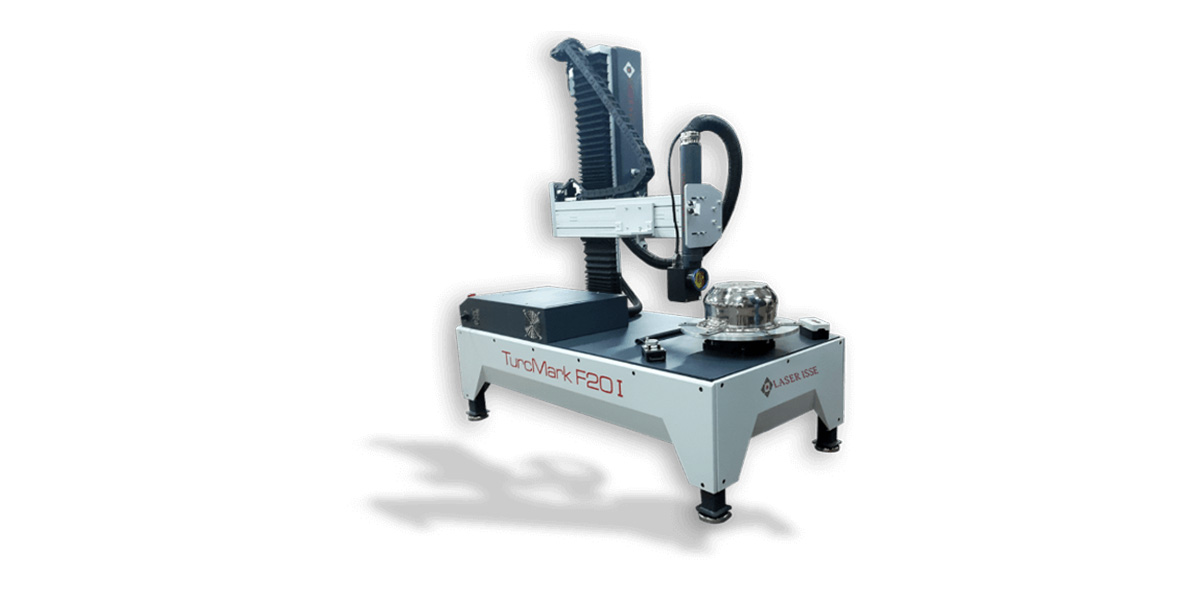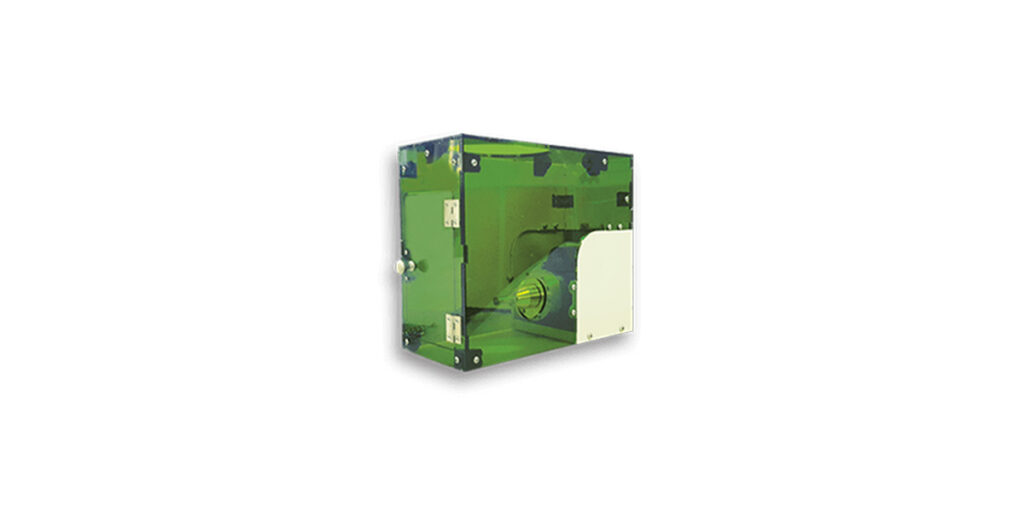CO2 lasers are mainly used for processing non-metallic materials such as wood, textiles, plastics, ceramics, glass, etc.
Description
Laser marking involves using a focused beam of light to mark the surface of a material. When the beam interacts with the surface of the material, it changes its properties and appearance.
This focused beam targets only a specific area, allowing the laser marker to create precise, high-contrast marks that are easy to read (or scan) on virtually any surface.
This feature makes laser marking ideal for applications where accuracy and durability are critical to success.
With many different types of laser solutions available, laser marking can be performed on most materials.
UV laser system
Depending on the material, UV lasers are better absorbed than other wavelengths, requiring less power to produce a clear mark.
Fiber laser system
Pulsed fiber lasers are known for their versatility, and laser marking is one of the most popular applications.

